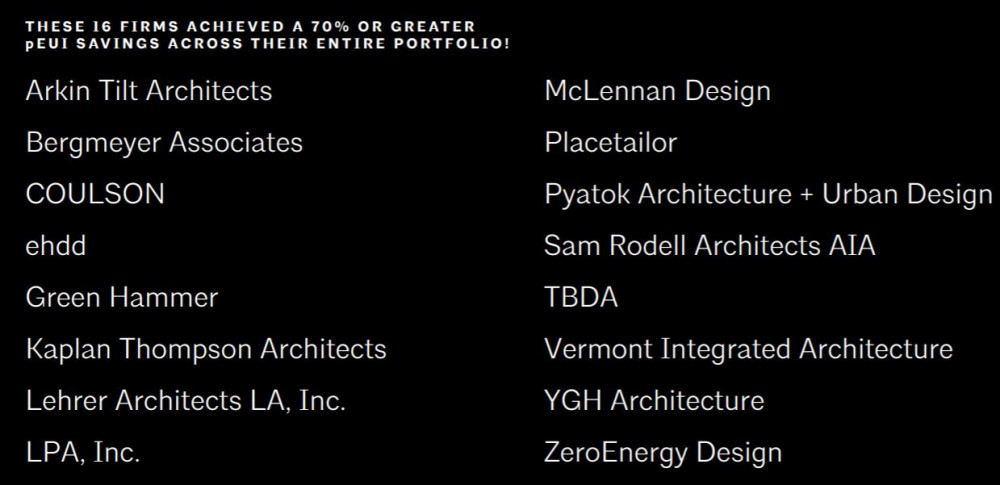
The built environment is responsible for three fourths of annual global greenhouse gas emissions: buildings alone account for 39 percent. Eliminating these emissions is the key to addressing climate change and meeting Paris Climate Agreement targets.
The American Institute of Architects 2030 Commitment sets a goal for all new buildings, developments, and renovations to be carbon-neutral by 2030.
The website architecture2030.org issued the '2030 Challenge' asking the global architecture and building community to adopt the following targets:
- All new buildings, developments and major renovations shall be designed to meet a fossil fuel, greenhouse gas (GHG) emitting energy consumption performance standard of 70 percent below the regional (or country) average/median for that building type.
- At a minimum, an equal amount of existing building area shall be renovated annually to meet a fossil fuel, GHG emitting energy consumption performance standard of 70 percent of the regional (or country) average/median for that building type.
The fossil fuel reduction standard for all new buildings and major renovations shall be increased to:
- 80 percent carbon neutral in 2020
- 90 percent carbon neutral in 2025
- 100 percent carbon neutral in 2030 (using no fossil fuel GHG emitting energy to operate).
These targets may be met by implementing innovative sustainable design strategies, generating on-site renewable energy, and/or purchasing (20 percent maximum) off-site renewable energy.
Sam Rodell Architects is an American Institute of Architects 2030 Signatory Firm. As the data we have documented with the AIA shows, all the residential and commercial projects active in our office in 2018 substantially exceed the goals stipulated by the 2030 challenge (the average overall reduction across our portfolio was 85%).

The most significant contributing factor is our consistent adoption of the German Passive House technologies in our projects to provide our clients with dramatically enhanced comfort, quality, and economy. To keep pace with the steadily increasing demands of the challenge, we are continuing to pursue innovative design research in all aspects of our architecture.
We build more environmentally responsible architecture without compromising beauty, comfort, or joy. Our clients enjoy ownership of properties that are both healthy and more economical to own, as each of the projects below demonstrate.



